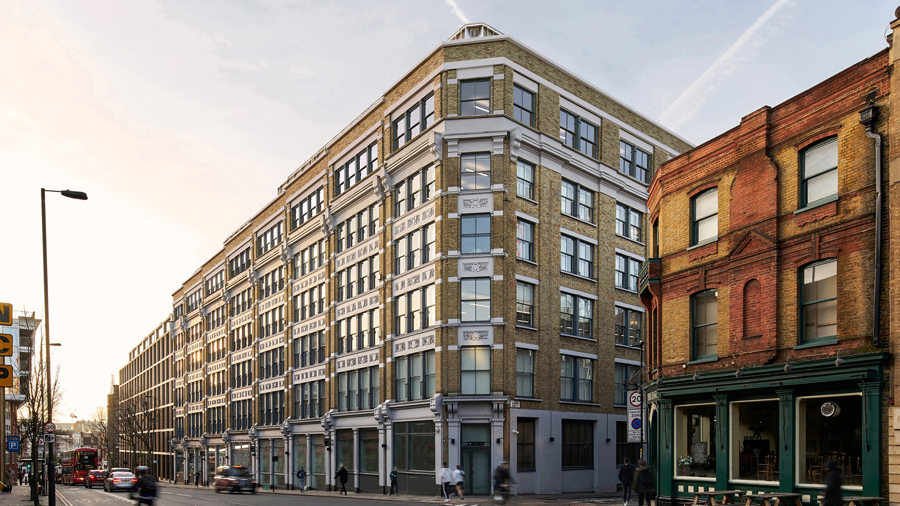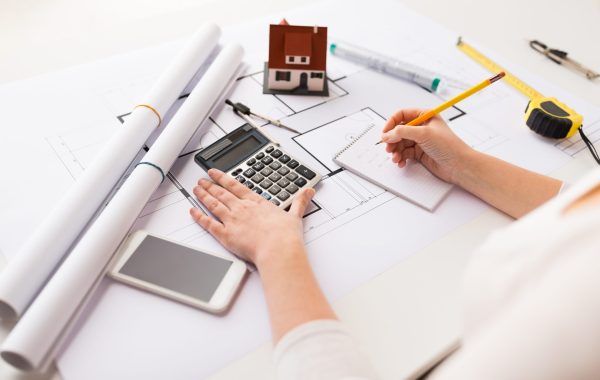Islington Farringdon Building Regulations: Navigating the Blueprint for Safety and Sustainability in Construction Projects
Building regulations play a crucial role in ensuring the safety, accessibility, and sustainability of construction projects. In Islington and Farringdon, two vibrant areas in London known for their rich history and modern development, adherence to building regulations is paramount. This article explores the key aspects of building regulations in these regions, shedding light on the guidelines that govern construction projects and the importance of compliance.
Understanding Building Regulations:
Building regulations are a set of national standards that dictate the minimum requirements for the design, construction, and alteration of buildings. The primary goal is to safeguard the health, safety, welfare, and convenience of occupants and those in the vicinity. In Islington and Farringdon, these regulations are enforced by the local authorities, ensuring that all new constructions and renovations meet the necessary standards.
Key Areas of Focus:
Structural Integrity: Building regulations emphasize the structural integrity of a construction project. This includes ensuring that buildings are designed and built to withstand various loads, such as wind, snow, and occupancy. Structural stability is vital to prevent collapses and ensure the longevity of the structure.
Fire Safety: Fire safety is a top priority in densely populated areas like Islington and Farringdon. Regulations cover aspects such as fire-resistant materials, escape routes, and the installation of fire detection and suppression systems. Compliance with these regulations is critical to mitigate the risks associated with fire incidents.
Accessibility: Ensuring that buildings are accessible to everyone, including those with disabilities, is a fundamental aspect of building regulations. This includes provisions for ramps, elevators, and other features that make spaces inclusive and usable for people of all abilities.
Energy Efficiency: In line with the global push for sustainability, building regulations in Islington and Farringdon also address energy efficiency. Compliance involves incorporating measures to reduce energy consumption, such as efficient insulation, high-performance windows, and sustainable energy sources.
Planning Permission: Beyond the technical aspects, building regulations also intersect with the planning process. Developers must obtain planning permission before commencing construction, and this process involves ensuring that the proposed project aligns with the local development plan and zoning regulations.
Local Authority Oversight:
The local authorities in Islington and Farringdon are responsible for enforcing building regulations. They review plans, inspect construction sites, and issue certificates of compliance. Non-compliance can result in penalties, stop-work orders, and even legal action. Therefore, developers, architects, and contractors must work closely with the local authorities to ensure that their projects meet the required standards.
The Role of Professionals:
Engaging qualified professionals, such as architects and structural engineers, is crucial for navigating the complex landscape of building regulations. These experts are well-versed in the local requirements and can guide project stakeholders through the planning, design, and construction phases to ensure compliance with all relevant regulations.
Conclusion:
In Islington and Farringdon, building regulations are a cornerstone of responsible and sustainable development. They safeguard the well-being of the community, contribute to the aesthetic and functional aspects of the built environment, and support the long-term resilience of structures. Adhering to these regulations is not only a legal requirement but also a commitment to creating safe, accessible, and environmentally conscious spaces in these dynamic areas of London.





